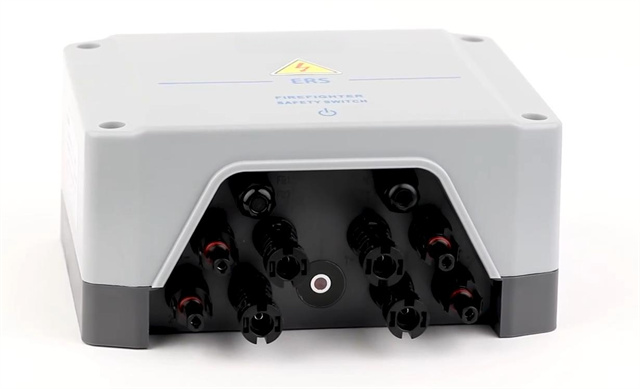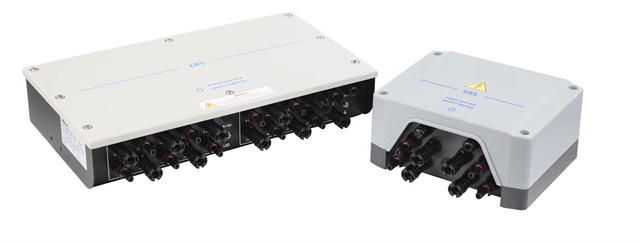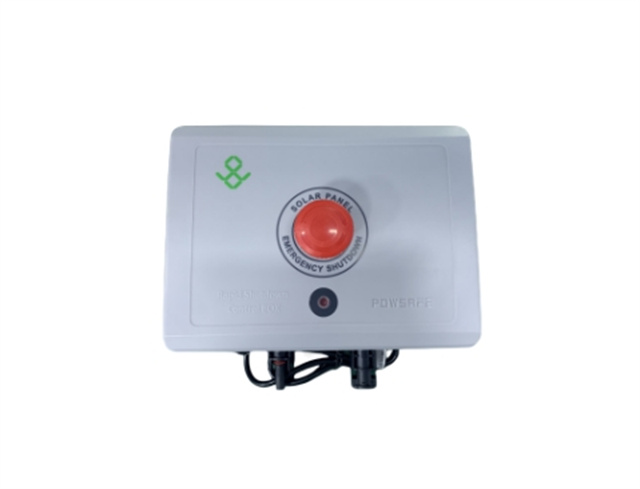Author:BLD Solar Energy SystemFROM:Solar System Converter Manufacturer TIME:2023-11-17
Rapid shutdown inverters play a crucial role in ensuring the safety of solar photovoltaic (PV) systems. These devices are designed to quickly shut down the flow of electricity from the PV panels to the rest of the system in case of an emergency or during maintenance. Proper installation of rapid shutdown inverters is essential to ensure their effectiveness and compliance with safety regulations. In this article, we will explore the important aspects of installing these inverters to maximize their performance and safety.

The first step in proper installation is selecting the appropriate rapid shutdown inverter for your specific PV system. Consider factors such as the size of your system, voltage requirements, and compatibility with existing components. It is essential to choose a reliable and certified inverter that meets the safety standards set by regulatory bodies.

Proper positioning and mounting of the rapid shutdown inverter are critical for its optimal performance. The inverter should be installed in an easily accessible location, preferably close to the main electrical service panel. Ensure that there is sufficient space around the inverter for ventilation and cooling. Use approved mounting equipment to secure the inverter in place.

The wiring and connections of the rapid shutdown inverter must be done correctly to avoid any electrical hazards. Follow the manufacturer's instructions and adhere to local electrical codes when making the connections. Use properly sized and rated cables, connectors, and conduit to ensure safe and reliable operation.
Proper grounding is crucial for the safety of the entire PV system, including the rapid shutdown inverter. Follow the grounding requirements specified by the inverter manufacturer and local electrical codes. Ensure that all grounding connections are tight, secure, and corrosion-free to maintain an effective ground path.
Clear labeling and signage are necessary to provide important information about the rapid shutdown functionality to maintenance personnel, emergency responders, and other stakeholders. Label all equipment, including the inverter, disconnect switches, and access points, with appropriate warnings and instructions for safe operation and maintenance.
Prior to putting the rapid shutdown inverter into service, thorough testing and commissioning should be conducted. Follow the manufacturer's guidelines to perform functional tests and ensure that all rapid shutdown features are working correctly. Document the testing procedures and results for future reference.
Regular and proactive maintenance is essential to keep the rapid shutdown inverter in optimal condition. Inspect the inverter periodically for any signs of damage, loose connections, or component failures. Clean the unit as recommended by the manufacturer and address any issues promptly to ensure continued safety and performance.
Finally, it is crucial to ensure that the installation of the rapid shutdown inverter complies with all relevant safety regulations and codes. Familiarize yourself with the requirements set by local authorities, utility companies, and industry standards organizations. Regularly check for updates or changes in regulations to ensure ongoing compliance.
Proper installation of rapid shutdown inverters is vital to enhance the safety and effectiveness of solar PV systems. By selecting the right inverter, following proper positioning and mounting procedures, ensuring correct wiring and connections, grounding adequately, labeling and signage, conducting thorough testing, performing regular maintenance, and complying with safety regulations, you can maximize the performance and safety of your rapid shutdown inverter.
